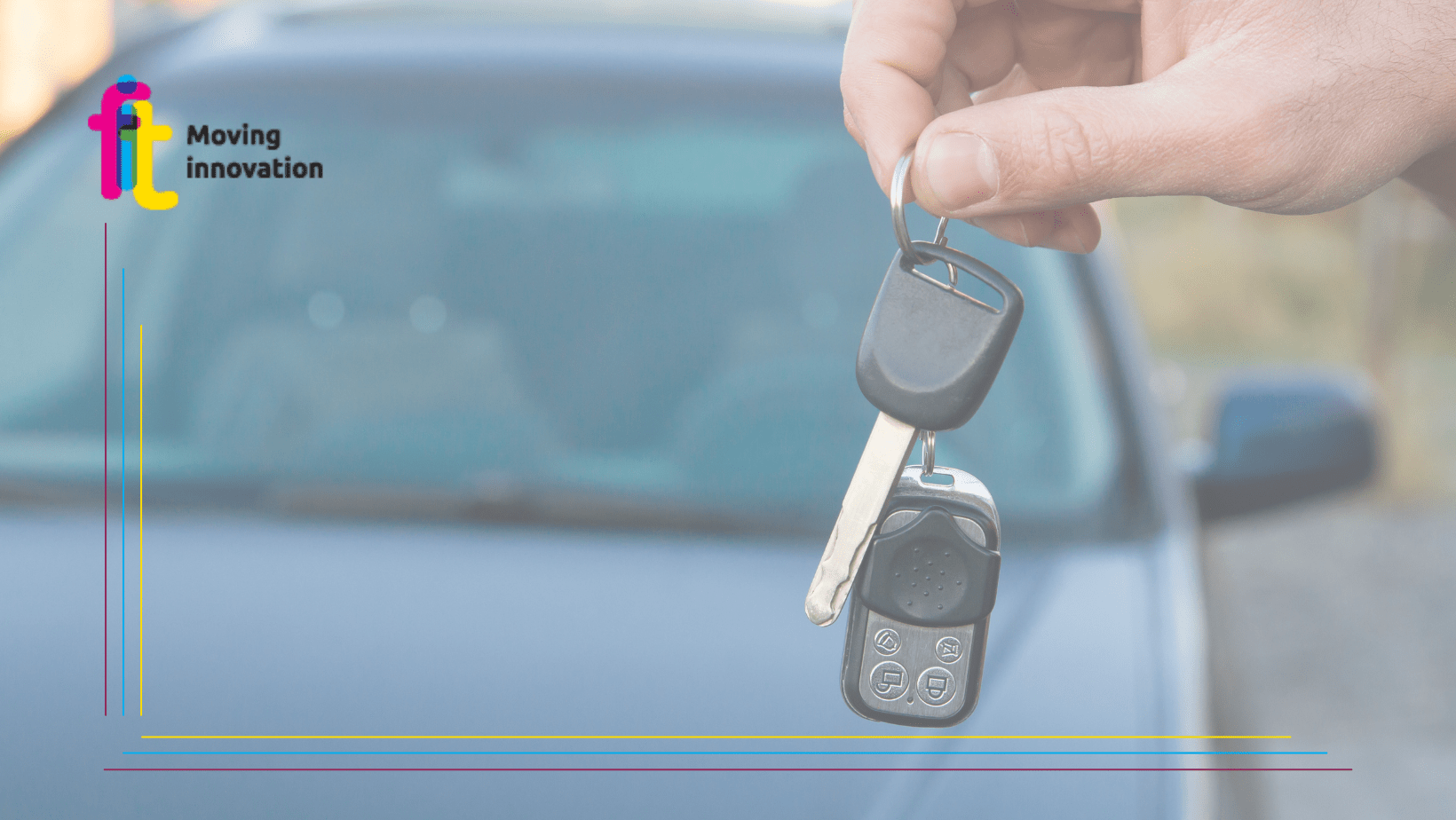In recent weeks we have talked about the data from the 3rd Quarterly Report of the Observatory on Mobility Trends prepared by the Struttura Tecnica di Missione (STM) of the Ministry of Infrastructure and Transport, which showed that in 2023 the demand for mobility of Italians maintained a positive trend for almost all modes of transport, with the exception of local public transport.
Today, however, data from the 20th Report on the Mobility of Italians by Isfort, the Higher Institute of Training and Research for Transport, presented at CNEL, in Rome, with the scientific support of the LPT associations, Agens and Asstra, with the support of the NC Foundation and with the participation of the FS Group, Istat and the MIT Technical Mission Structure.
Less and less travelling, more and more by car
According to the report, Italians – whose average age is increasing – are moving less and less: In the last 20 years, travel has decreased by 11.7%. This might not seem alarming if it were not for the fact that the main cause, the ‘demographic winter’, as it has been called, will not be resolved for years to come. In addition, people are increasingly choosing their old cars to get around. This is another reason why there are more and more old and polluting cars on the roads.
For the first time, the number of cars on the roads in 2022 exceeded 40 million, an increase of +1% compared to 2021 and +19% over the last 20 years.
The motorisation rate is also growing, from 58.8 cars in 2002 to 68.1 in 2022. This figure is 10 points higher than France and Germany and 15 points higher than Spain. The old car (which in 60 per cent of cases is more than 10 years old, whereas in Germany or France the percentage stops at around 40 per cent) is still the main means of transport for Italians: in fact, 2 out of 3 trips are made on four wheels, less than 2 out of 10 on foot and only 4% by bicycle or other forms of micro-mobility. The same percentage is recorded for motorbikes, while less than one Italian in 10 (7.5%) gets on a bus to get around.
In other words, the Italians do not like Public Transport.
Public Transport Data
After the collapse in 2020 in which more than 60 per cent of passengers were lost, LPT tried to recover, but the figures are still far from pre-Covid levels: in 2019 the percentage of journeys by public transport reached 10.8 per cent, in 2022 the figure was 7.4 per cent, and in the first half of 2023 7.6 per cent.
This is compounded by the lack of dedicated services and infrastructures (especially rail networks in urban areas), as well as a lack of ad hoc policies and insufficient or never arrived funds, as underlined by the Isfort Report.
What will happen in the near future?
Isfort’s forecasts until 2030 are not positive. In fact, a further decrease of around 3% of the trips is estimated compared to the pre-Covid figure. Once again, the country’s so-called demographic winter will be heavily affected, resulting in a loss of important shares such as the demand for transport by students, for example.
The deepest variations will be reflected at regional level with negative values of more than 10 points especially in the southern regions and islands compared to the Italian average. Negative peaks are already being recorded in Basilicata (-18.6%) and Molise (-16.2%), to which are added the negative performances of Campania (-14.8%) and Apulia (-14.5%). A positive figure is only recorded for Emilia-Romagna (+2.1).
Obviously, this will have a negative impact on urban and especially suburban LPT. Collective transport will therefore be faced, especially in the southern regions, with very severe contractions in demand estimated at around -4.8%, with peaks of -14% in the southern regions.
More information on the study is available by clicking here.
Source: TTS Italy








